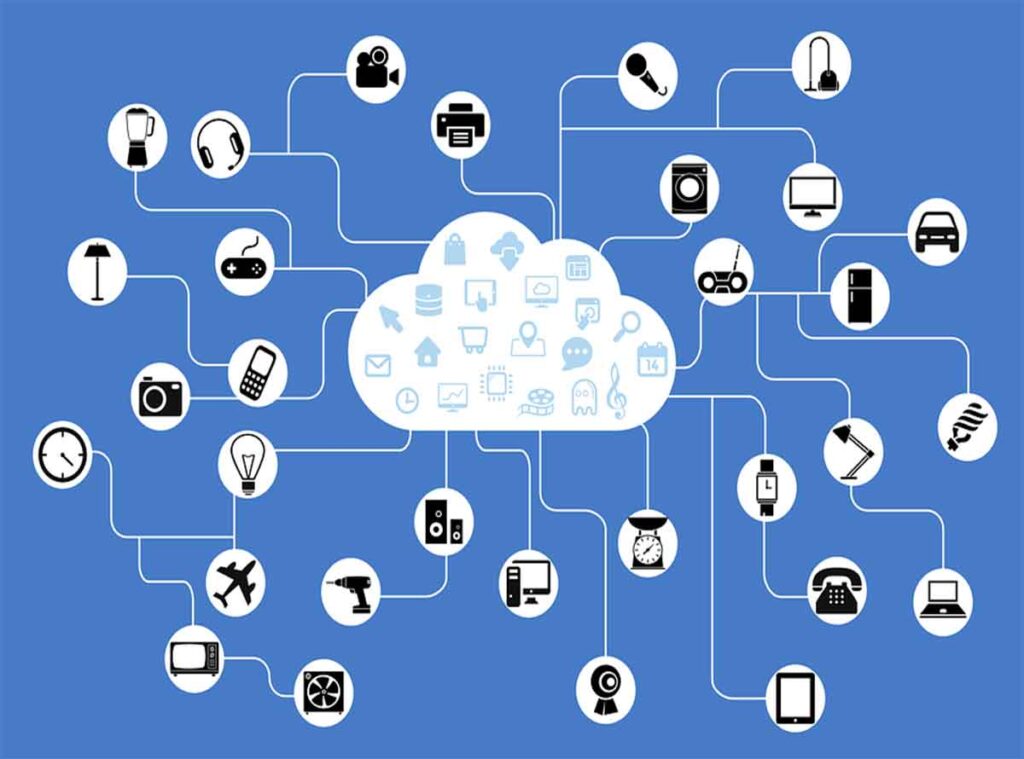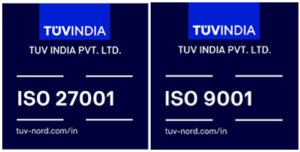IoT Data – How is it changing business values?
IoT or Internet of Things is rapidly becoming one of the most hyped technologies across businesses with the concept of IoT becoming familiar akin to big data term of the moment and as such how businesses can derive value from it is a question that needs to be answered. The Internet of Things as a technology is capable of connecting devices, sensors and multiple other sources and services linked with each other and as such getting different types of data in real time.
This data adds value to the business enterprises only when it is unlocked by using analytics and business intelligence tools to derive actionable insights to improve things connected to IoT and in deriving overall productivity. In this context, big data and analytics are crucial to work and grow with Internet of Things. It can be opined that IoT’s fuel is the big data and its brain is the artificial intelligence that drives the connected things.
According to a recent Gartner Report, about 20.8 billion connected things will be in use by the end of 2020 with enterprises getting an enormous opportunity for effectively mining these new data sources using analytics and business intelligence to uncover fresh insights and an enormous source of competitive advantage and new revenue streams.
Growth in IoT
Source: http://www.indjst.org/index.php/indjst/article/viewFile/109348/78207
Leveraging Business Intelligence and Analytics through IoT – An Analytical Approach
Business intelligence and Analytics would be critical for enterprises looking to derive value from the IoT. Especially, the retail industry is already having an impact by using this technology. This industry is applying analytics to data from security cameras and Wi-Fi beacons to understand how their customers or clients are interacting with in-store displays. Retailers have been analyzing customers’ web activity data for over a decade to identify opportunities to optimize their online services. Now, with the IoT they are adding business value to their brick and mortar locations.
According to McKinsey Report, the majority of enterprises using IoT are failing to use their data or deriving only minuscule part of its value with most of the data being used for tracking operational issues such as monitoring and failure detection instead of using it for prediction and optimization. Prediction and optimization are believed to unlock the true potential of IoT data thereby making a serious impact on the operations across various industry sectors.
Analytical Approach
Source: https://www.cognizant.com/whitepapers/how-manufacturers-can-unlock-business-value-via-IoT-analytics-codex1682.pdf
However, predictive analytics and maintenance powered by business intelligence are going to take center stage among the key trends of IoT in 2018 and beyond. It means that organizations would realize that the massive increase in data would bring in multiple opportunities adding to their business value and are keen to make huge investments in deriving value from IoT.
Benefits of leveraging Business Intelligence and Analytics through IoT
Technology experts strongly believe that new strategic focus on IoT data collection and analysis can give organizations visibility into areas of their operations that they have never seen before. Some of the benefits that can be derived across various verticals of businesses include –
Optimizing Maintenance Resources-
IoT enabled manufacturing and clean energy sector by applying business intelligence to transform control and maintenance from “repair and replace” to “predict and prevent” would help them in optimizing maintenance resources, in decreasing breakdowns and in introducing more cost efficient risk free operations. McKinsey estimates that predictive models using IoT data can help in the reduction of maintenance cost by up to 40% and in decreasing equipment downtime by about 50% in some industries.
Saving Potential in Manufacturing Sector-
A combination of business and operational analytics can help manufacturers in fine-tuning their performance metrics thereby deriving financial improvements. For instance, business intelligence along with analytics can significantly optimize costs for manufacturers. It is estimated that cost savings of between 2% and 4% from a 50% penetration of IoT in manufacturing can deliver $500 billion as savings. Manufacturing is expected to account for more than 1/4th of the total IoT market with oil and energy equipment manufacturing emerging as a leader in the adoption of the same.
Manufacturing Data
Source: https://www.cognizant.com/whitepapers/how-manufacturers-can-unlock-business-value-via-IoT-analytics-codex1682.pdf
Managing Increased Patient Traffic-
In the healthcare industry, IoT data using Business Intelligence and analytics can help in managing increased patient traffic and in improving operational efficiency in hospitals in general.
Finally, the key challenges however, remain with companies across sectors still figuring out the potential benefits of using IoT Data by leveraging on Business Intelligence and analytics and deciding on the investment to deploy on IoT data marketplace.



